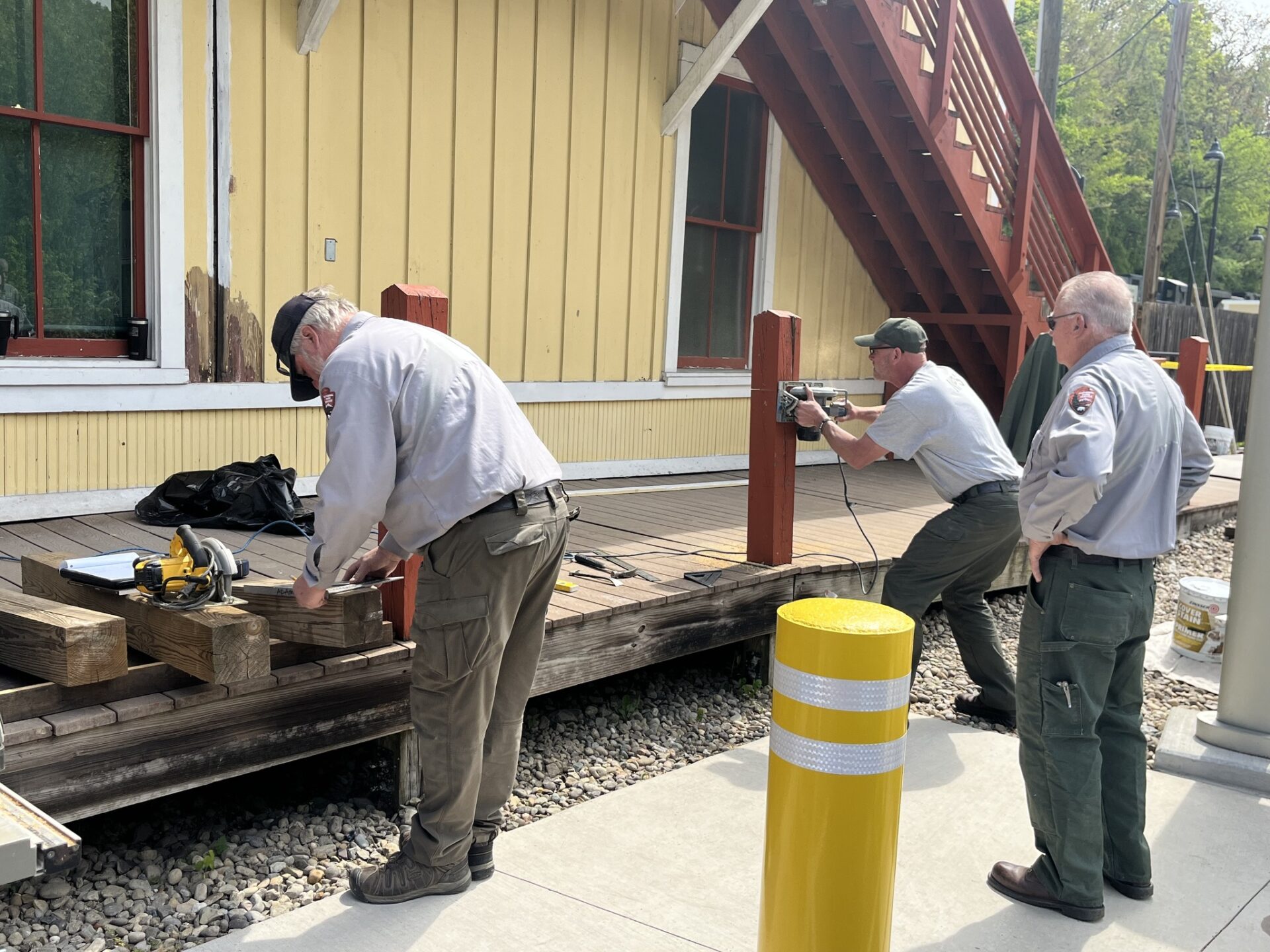Biologists from Radford University found the rodents in the Virginia section of the park, which also spans West Virginia and Maryland.
The Harpers Ferry National Historical Park has rediscovered Allegheny woodrats on park grounds – the first such sighting of the rodents in the area in two decades.
Biologists from Radford University found the rodents in the Virginia section of the park, which also spans West Virginia and Maryland. Both adults and infants of the species were discovered in the area by researchers, who say it’s the northernmost they’ve spotted the woodrats in the state.
The vulnerable species makes its home in rocky outcrops, and its loss of habitat is one of the factors that has seen the species’ population quickly decrease over the past few decades.
“You’re not going to find a whole lot of woodrats in one particular area. And they have a home range of a couple of acres; five to six acres, five to 12 acres,” said Scott Bates, wildlife biologist for the National Park Service’s Capital Region. “And so sometimes, the population at one outcrop will disappear. And then eventually it will be re-colonized by woodrats from a neighboring outcrop.”
Bates also says that the resurgence of the rare species in the area can be a boon for tourists.
“I think it’s cool to know that we have a unique and rare species that is able to persist at the park,” Bates said. “From a local perspective, anything that creates more interest in the park can have a positive economic impact for the region, as well as the positive environmental impact.”
Park representative Leah Taber says it’s an example of how protected lands can provide safe habitats for different types of threatened animals.
“It’s important to have these places for biodiversity, that we’re able as a national park to protect species of all shapes and sizes,” Taber said.
The discovery of Allegheny woodrats marks the second such reappearance of threatened animals at Harpers Ferry in recent memory – peregrine falcons had returned to nest at the park starting last year.
